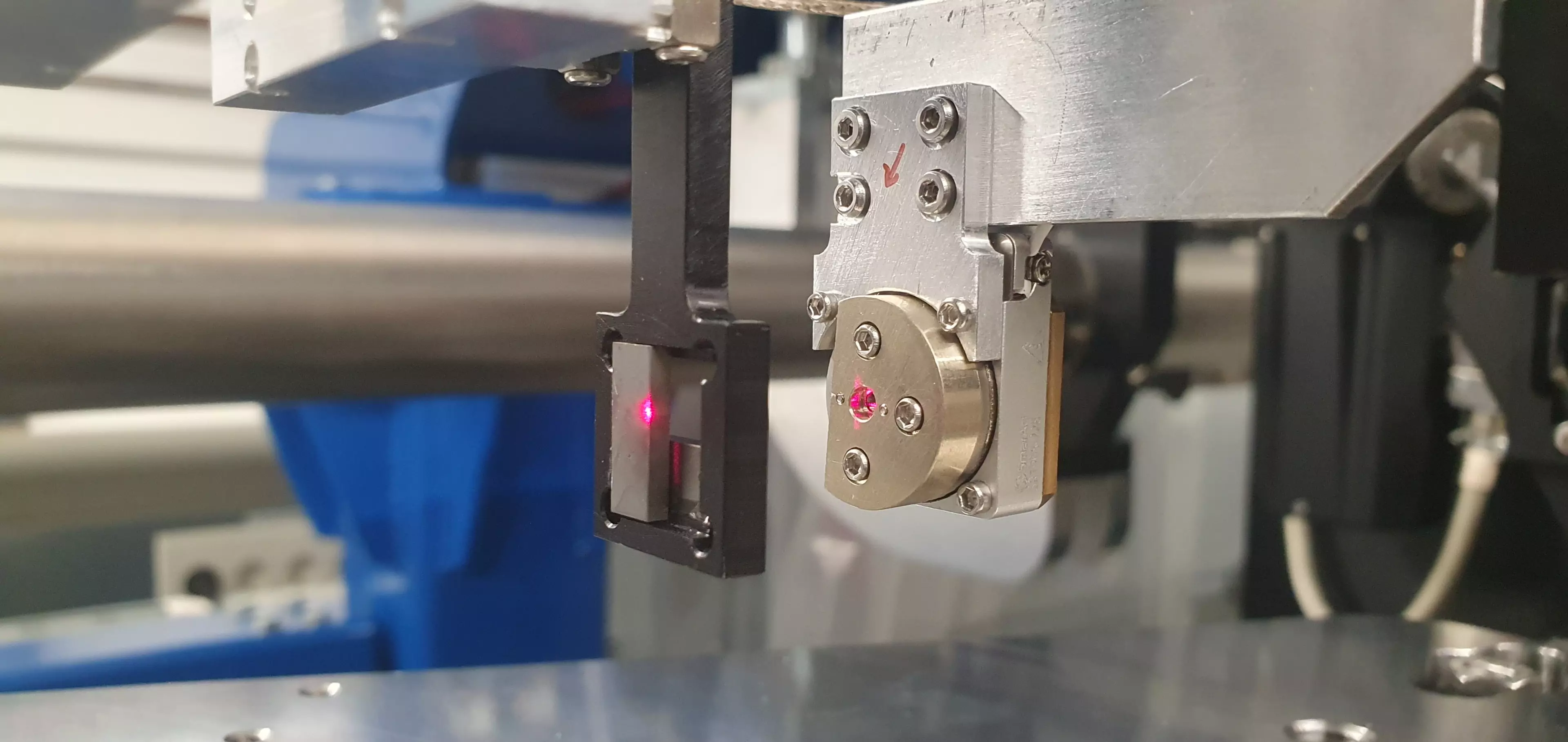Stories|Breaking Barriers in Materials Science: The Power of High-Energy X-Ray Nanotomography
Breaking Barriers in Materials Science: The Power of High-Energy X-Ray Nanotomography
New materials and analysis

High-Energy X-Ray Nanotomography for Industrial Applications
Helmholtz-Zentrum Hereon has achieved a significant milestone in advancing high-energy X-ray nanotomography, a technology critical for understanding the three-dimensional structure and functionality of innovative materials. With a €95,000 budget in 2023, this project enhances the capabilities of the nanotomography station of the Imaging Beamline (IBL/P05) at PETRAIII/DESY, extending its energy range to accommodate industrially relevant specimens and high-Z materials.
Key Achievements
The project focused on implementing multilayer Laue lenses (MLLs) to improve imaging at higher X-ray energies, achieving:
- Successful testing of the MLL optics at 18 keV in holotomography mode, delivering significantly higher efficiency compared to Fresnel Zone Plates (FZP).
- Design and commissioning of optics capable of reaching 20 keV, optimized for larger focal lengths and improved photon efficiency.
- Acquisition of the first tomogram at 18 keV, paving the way for applications requiring higher photon flux and energy.
These advancements enable faster and more efficient imaging, particularly for applications in operando battery research and corrosion studies in high-density materials.
Bridging Science and Industry
High-energy X-ray nanotomography is instrumental in addressing industrial challenges, offering insights into materials' inner structures and performance under operational conditions. Key features of the upgraded setup include:
- Spatial resolution below 30 nm, allowing detailed 3D analysis of nano-scale phenomena.
- Suitability for higher-absorbing materials, such as those used in battery research, where traditional lower-energy systems fail.
- In-situ capabilities for studying processes like magnesium alloy corrosion and material degradation.
By better meeting the demands of industrial partners, the enhanced beamline attracts applications from engineering, biotechnology, and energy sectors, positioning it as a unique global resource.
Future Outlook
The project’s next steps include testing the MLL optics at 20 keV during the upcoming user run and further optimizing the setup for higher energy imaging. This upgrade will solidify the nanotomography beamline as a premier facility for industrial and scientific users, driving innovation across multiple fields.
Are you interested in collaborating with us on High-Energy X-Ray Nanotomography? Feel free to contact us at Info@Hi-Acts.de.